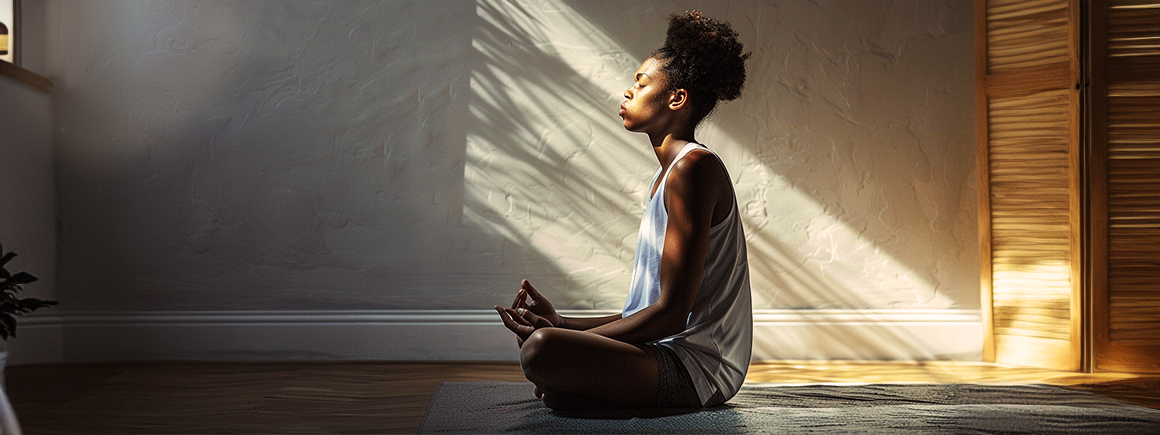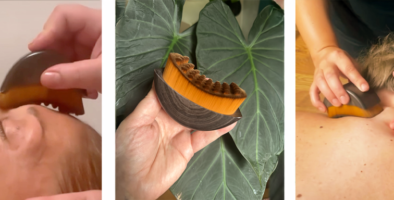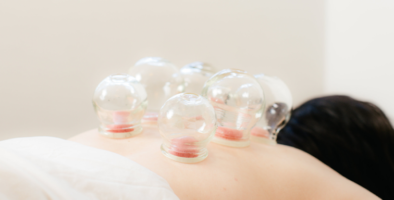6 Simple Mindfulness Exercises for Beginners
You can practice mindfulness exercises while brushing your teeth, eating breakfast, and simply breathing.
If you’re in tune with the wellness world, you’ve probably heard of mindfulness, a state of being that encourages you to pay attention to the here and now. Mindfulness exercises are techniques you can use to help you be more mindful naturally. Meditation is often touted as the best way to cultivate mindfulness, but it’s not the only way you can train your brain to stay in the present.
“The difference between meditation and mindfulness is that mindfulness cultivates awareness with curiosity and kindness in every moment. However, to strengthen our mindfulness muscles, we have to practice meditation. It’s like going to the gym to strengthen those muscles,” said mindfulness coach Wade Brill. “But I also believe we can strengthen those muscles with informal meditation like mindful eating, email writing, or even teeth brushing.”
Here are some of Brill’s favorite mindfulness exercises for beginners. But first:
What are the benefits of mindfulness exercises?
Mindfulness exercises can lower your stress and help you focus better. They can also help you manage your emotions and become more resilient, making empathy easier. Studies show that mindfulness exercises can improve your overall physical and mental well-being.
Try these simple mindfulness exercises:
1. Count Your Breath
Mindful breathing is one of the most straightforward, most effective mindfulness exercises if you feel overwhelmed or need a moment. A specific technique that you can try is counting your breath. “Can you breathe in for the count of five and breathe out for the count of five? That is a way to claim your attention. And it also helps regulate your nervous system,” Brill said. Counting breaths will help you anchor yourself in the present moment and take stock of what’s happening in your mind.
2. Brush Your Teeth
Mindfulness isn’t limited to sitting in silence; you can incorporate it into everyday activities, like brushing your teeth. Brill recommends you try to be with the one activity rather than pair it with other tasks like chatting with your partner, folding laundry, or checking your email. “It’s tough to only connect to what’s happening in your mouth,” she said.
Ask yourself: How do I feel with my feet standing on the ground while I brush my teeth? Can I put weight evenly on both feet and hips while brushing my teeth? Attention to these small details can transform a mundane activity into a mindful practice. If you need a little support, follow a guided Brushing Teeth Meditation.
3. Remember the Acronym “P.A.L.”
P.A.L. stands for Pause, Allow (whatever feelings arise), and Let go. Brill uses this acronym frequently in her own mindfulness practice. It’s particularly useful when you catch yourself doing something you’d rather not be doing, like scrolling social media or overeating.
The trick is not to be hard on yourself. Instead, “Celebrate your awareness. Recognize you’ve just spent 40 minutes scrolling. Offer yourself compassion, love, and acceptance at that moment.” This mindfulness exercise can help you break the cycle of negative self-judgment.
4. Journal Before Bed
Try journaling if you have trouble falling asleep because your brain won’t stop churning. “It could be helpful to journal before going to bed so that you’re actively releasing your thoughts on paper. The biggest thing is to practice acceptance of what’s there. When we accept it, we find that place of inner calm and stillness.” Externalizing your thoughts can create space between yourself and the mental noise, allowing for more restful sleep.
5. Do Quick Meditations
Formal meditation is the ultimate mindfulness exercise. It will help you develop a solid foundation for your mindfulness practice. If you’re new to the practice, try short, guided sessions focusing on simple breath awareness or body scanning. Try Brill’s Daily Check-in Meditation or two-minute Reset Meditation.
6. Be Aware Throughout the Day
To cultivate mindfulness as a part of your being, you must turn off auto-pilot occasionally. “Practice pausing and noticing throughout the day. Bring curiosity to each moment,” Brill said.
For example, if you eat a bowl of cereal every morning, notice how many times you chew, the texture of the cereal, and what the milk tastes like at the beginning versus the last bite. If you commute by car, feel your foot on the brake pedal and the seat belt against your chest. Notice the sensations of hunger at lunchtime, and pause before you hit send on that email. Make sure you’re not just responding to respond or trying to look good, busy, or important. “Make sure you align with your intention,” Brill said.




